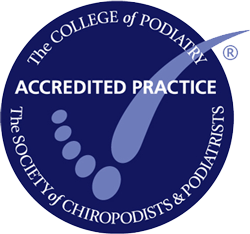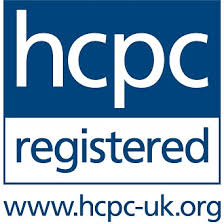When does a podiatrist recommend to a patient to have their 2nd toe amputated? The answer is when it is causing more problems than it solves, when it’s very existence is causing the patient pain. It literally becomes a hindrance to the patient and superfluous to requirement.
The 2nd toe plays does not play a major role in overall balance and weight-bearing of the foot. It gets pushed around by the big toe and can be forced over to either lift up, moves sideways or become a hammer toe. The most common cause for 2nd toe issues is having a bunion termed hallux valgus. As the big toe moves laterally it puts tremendous deforming force and pressure on the 2nd toe. The toe can develop a painful corn on the top; the interphalangeal joint or between the 1st and 2nd the interdigital toe space. These can potentially ulcerate and be prone to infection.
Despite all conservative measures of padding, strapping, good footwear, issuing orthotics to stabilse the forefoot the toe continues to be a painful source of concern. Suggesting amputation could be the solution. Careful consideration and assessment needs to be undertaken by the podiatrist with the patient before referring on for surgery:
- Will the bunion get worse? To suggest amputation of the 2nd toe the foot’s function and patient mobility need to be assessed along with the patient’s health. If the forefoot is very mobile with much ligament laxity and pronatory stresses, whereby the foot rolls inwards, removing the 2nd toe could exacerbate issues. If the patient has a bunion the big toe could deviate more inwards to the 3rd and put pressure on it. Often the big toe has deviated as much as it can, and doesn’t encroach on the 3rd thus no issue.

Hallux Valgus presentation. Note the 2nd toes are dorsally displaced and not seen from the sole.
- Will balance be affected? The 2nd toe doesn’t add much to stabilising the foot. If it is already out of alignment it will be contributing even less to stabilising the forefoot during the gait cycle. Having a sore toe alters a patient’s gait as they shift weight elsewhere causing unwanted knock-on compensatory issues e.g. knee pain.

- Will the ball of the foot hurt more? The 2nd toe forms part of a working structural unit referred to as the 2nd This consists of the toe phalanges and the metatarsal connected at the metatarsal phalangeal joint (MPJ), ball of the foot. When the 2nd toe becomes deformed into a clawed or hammer position it can change the angulation of attachment at the MPJ. The 2nd MPJ can become more pronounced with increased weight-bearing pressures on it. There can be a painful callus or corn formation. The joint can be susceptible to degenerative change. Removing the problem toe can help to reduce pressures on the joint, allow it to flatten down. The painful hard skin may go, but pressures may be shifted elsewhere? There is always a risk of inadvertently shifting compensatory pressures to a neighbouring MPJ. This needs to be carefully considered.
- Will it take long to heal? Healing times depend on the health of the patient. Poor vascular blood supply can impede healing as does smoking. If a patient is diabetic or immune suppressed this has to be considered. What medication a patient is on etc. No operation on a patient is performed unless suitability is assessed. All operations have risk factors.
The actual surgical procedure is fairly straight forward and quick, between 30 – 60 minutes. An incision will be made on the top of the foot at the base of the toe. Muscles will be cut and blood vessels tied off or sealed to stop them bleeding. The offending toe will be dislodged from the metatarsal phalangeal joint and then removed. Muscle and skin will be pulled over and sutured to close. Appropriate dressings will be applied and then it is a case of getting wound to heal and slowly returning to normal activities.

Patient 8 weeks post surgical amputation painful 2nd toe
Conclusion
In a 2005 study reviewing the results of 12 patients who had a 2nd toe amputated; 10 were satisfied with the result and 2 were satisfied with some reservations. The study concluded amputating a hammer 2nd toe had high patient satisfaction with minimal complications. It is a good solution for problematic 2nd toes whereby there is pain, issues with skin breakdowns, affecting normal gait and problems with finding accommodative footwear. The loss of a 2nd toe should not cause imbalance issues.










